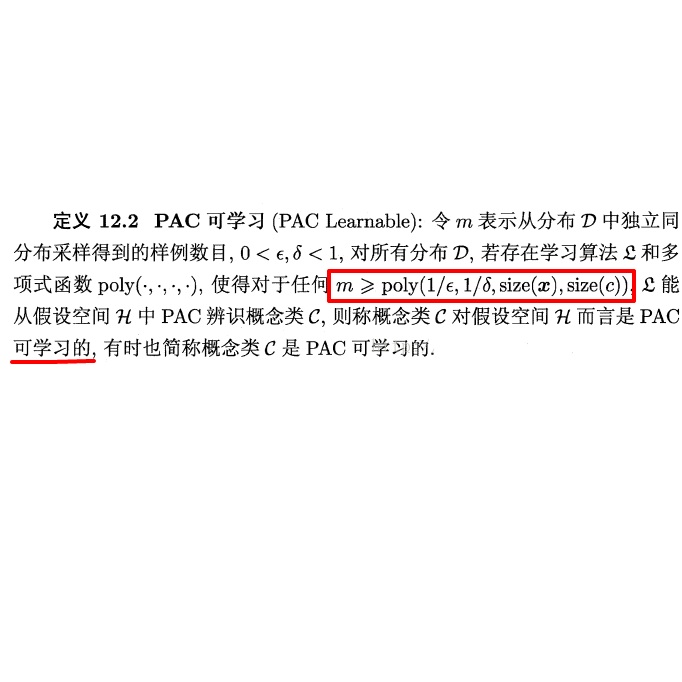Polar codes are normally designed based on the reliability of the sub-channels in the polarized vector channel. There are various methods with diverse complexity and accuracy to evaluate the reliability of the sub-channels. However, designing polar codes solely based on the sub-channel reliability may result in poor Hamming distance properties. In this work, we propose a different approach to design the information set for polar codes and PAC codes where the objective is to reduce the number of codewords with minimum weight (a.k.a. error coefficient) of a code designed for maximum reliability. This approach is based on the coset-wise characterization of the rows of polar transform $\mathbf{G}_N$ involved in the formation of the minimum-weight codewords. Our analysis capitalizes on the properties of the polar transform based on its row and column indices. The numerical results show that the designed codes outperform PAC codes and CRC-Polar codes at the practical block error rate of $10^{-2}-10^{-3}$. Furthermore, a by-product of the combinatorial properties analyzed in this paper is an alternative enumeration method of the minimum-weight codewords.
翻译:极地代码通常根据极地矢量信道次通道的可靠性来设计。有多种复杂和准确的方法来评价亚地通道的可靠性。然而,仅仅根据亚地道可靠性来设计极地代码可能会造成低沉距离特性。在这项工作中,我们提出一种不同的方法来设计极地代码和PAC代码的信息数据集,目的是减少为最大可靠性而设计的代码中带有最小重量(a.k.a.差错系数)的编码词数。这一方法基于极地变换 $\ mathbf{G ⁇ N$ 用于形成最小重量编码的行的共置特性。我们的分析利用基于其行和列指数的极变特性。数字结果显示,设计代码在10 ⁇ -2}-10 ⁇ -3}美元的实际区块误率中超过了PAC代码和CRC-Polar代码。此外,本文中分析的复式代码的副产品是最低重量值编码的替代查点方法。




